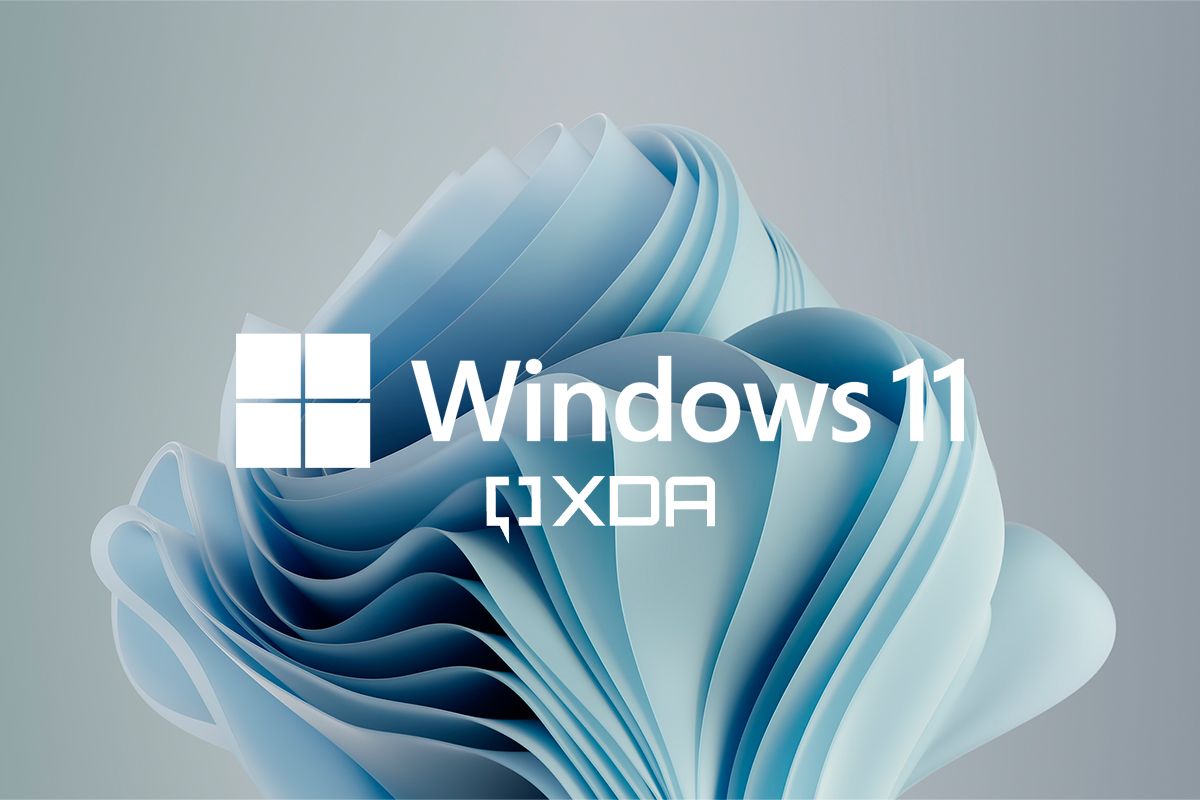Today, Microsoft is releasing the Windows 11 2022 Update, also known as Windows 11 version 22H2. But alongside that, the company confirmed how it's going to be delivering Windows 11 updates moving forward, most of which was already rumors or announced earlier this year. However, the company is denying some of those rumors, specifically that it's planning to release Windows 12 in 2024.
The Windows 11 update cadence
To be clear, not much is changing. Here are the three ways that we'll be seeing new features on Windows 11.
- Annual feature updates
- Microsoft Store updates
- Cumulative updates that are delivered via the servicing stack
When Microsoft introduced Windows 11 last year, it promised annual feature updates, a change from Windows 10's previous biannual feature update cadence, although it adjusted the schedule for Windows 10 as well. Earlier this year, Microsoft basically announced that it's just going to be releasing features from time to time. These can come in the form of cumulative updates that show up on Patch Tuesday, or they can come via experience packs that are delivered through the Microsoft Store.
All of this will continue, so the whole point is more features, more frequently. As was previously rumored, the first feature drop, internally called 'Moments', will be released on November 8. You'll be able to get it as part of the Windows 11 preview update that shows up in late October, but if you don't opt into the preview, it will show up on Patch Tuesday in November. Microsoft did not commit to a cadence for these feature drops.
For the annual updates, those will likely show up in an enablement package, like we've seen from the last few years of Windows 1o development. Microsoft said that it's going to "continue to push the build number", which is basically what an enablement package does, along with lighting up hidden features on your system. The Redmond firm did say that we could get a full feature update, depending on the scope of what it plans to deliver.
How support lifecycles will work
Probably the biggest question when the rumors arrived for Moments was how support lifecycles will work. The answer is simple. Support is the same for each annual feature update, which is 24 months for consumers and 36 months for businesses.
Features that arrive throughout the course of the year will not have their own lifecycles. In other words, when the November update arrives, you're still on the Windows 11 22H2 support clock. Those features will, however, be turned off by default for business customers. Those customers will have the option to turn them on, or they'll be lit up when the next annual release arrives. Naturally, those customers do have flexibility on when they install said feature update.
Windows 12 not currently planned?
Ahead of today's announcement, Microsoft held a Q&A with John Cable, VP of Windows Servicing and Deliver, and Aaron Woodman, General Manager of Windows Marketing. When asked about the Windows 12 rumors that have been floating around, Woodman said that he was not aware of plans for Windows 12.
Note that this almost certainly isn't Microsoft claiming that Windows 11 is the last version of Windows, like developer evangelist Jerry Nixon infamously did for Windows 10. The rumored codename for that next version of Windows is Next Valley, which follows Sun Valley, the codename for Windows 11. Marketing decisions, such as brand names, don't come until later on.
Woodman said that the focus right now is to continue to deliver annual feature updates for Windows 11, so that's what we'll see for now, and obviously, the official company response is that it has nothing to share at this time. We'll get feature drops throughout the year, and then likely an enablement package that lights those features up for anyone that had them hidden, along with a few more perks. And of course, that will serve to mark a new support lifecycle.
As for Windows 12, we'll just have to wait until 2024 to see, but current rumors are that Microsoft is back to intending to release a new major version of the OS every three years.

